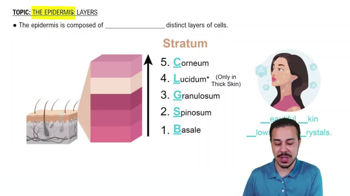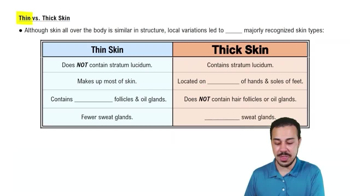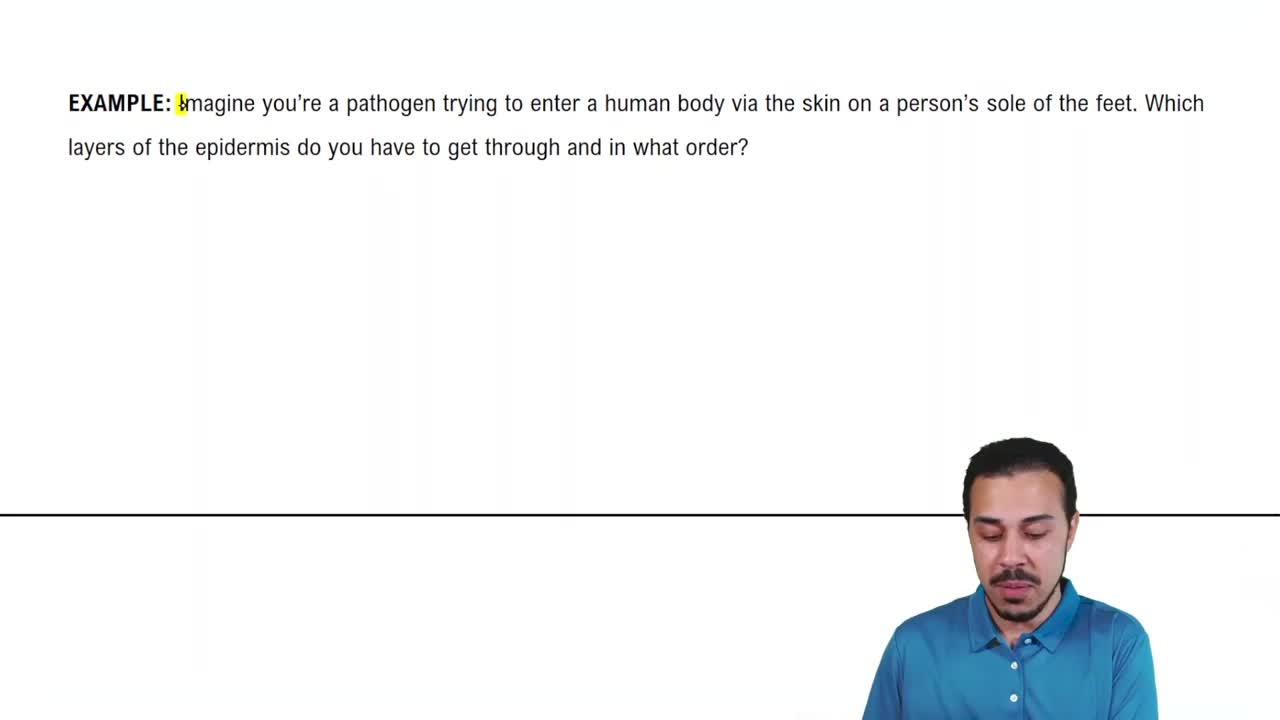The Epidermis: Layers definitions Flashcards
 Back
BackThe Epidermis: Layers definitions
1/15
Terms in this set (15)
- EpidermisThe outermost layer of skin composed of several distinct layers of cells.
- Stratum BasaleThe deepest epidermal layer containing stem cells, keratinocytes, melanocytes, and tactile epithelial cells.
- Stratum SpinosumThe second deepest layer with dividing keratinocytes and dendritic cells, known for its spiny appearance.
- Stratum GranulosumThe third layer where keratinocytes stop dividing, harden, and begin to die.
- Stratum LucidumA clear, protective layer found only in thick skin, consisting of dead keratinocytes.
- Stratum CorneumThe most superficial layer, consisting of dead, keratin-filled cells that are regularly shed.
- KeratinocytesCells that produce keratin, originating in the stratum basale and moving upwards.
- MelanocytesCells in the stratum basale that produce melanin to protect skin from UV damage.
- Tactile Epithelial CellsCells in the stratum basale that work with nervous tissue to allow touch sensations.
- Dendritic CellsImmune cells in the stratum spinosum that activate the immune system.
- Keratohyalin GranulesGranules in the stratum granulosum that help with keratin aggregation and cell hardening.
- Lamellar GranulesGranules containing glycolipids that waterproof the stratum granulosum.
- Thin SkinSkin type lacking the stratum lucidum, containing hair follicles and oil glands.
- Thick SkinSkin type with all epidermal layers, including the stratum lucidum, found on palms and soles.
- KeratinA tough, fibrous protein produced by keratinocytes, providing skin with protective properties.



